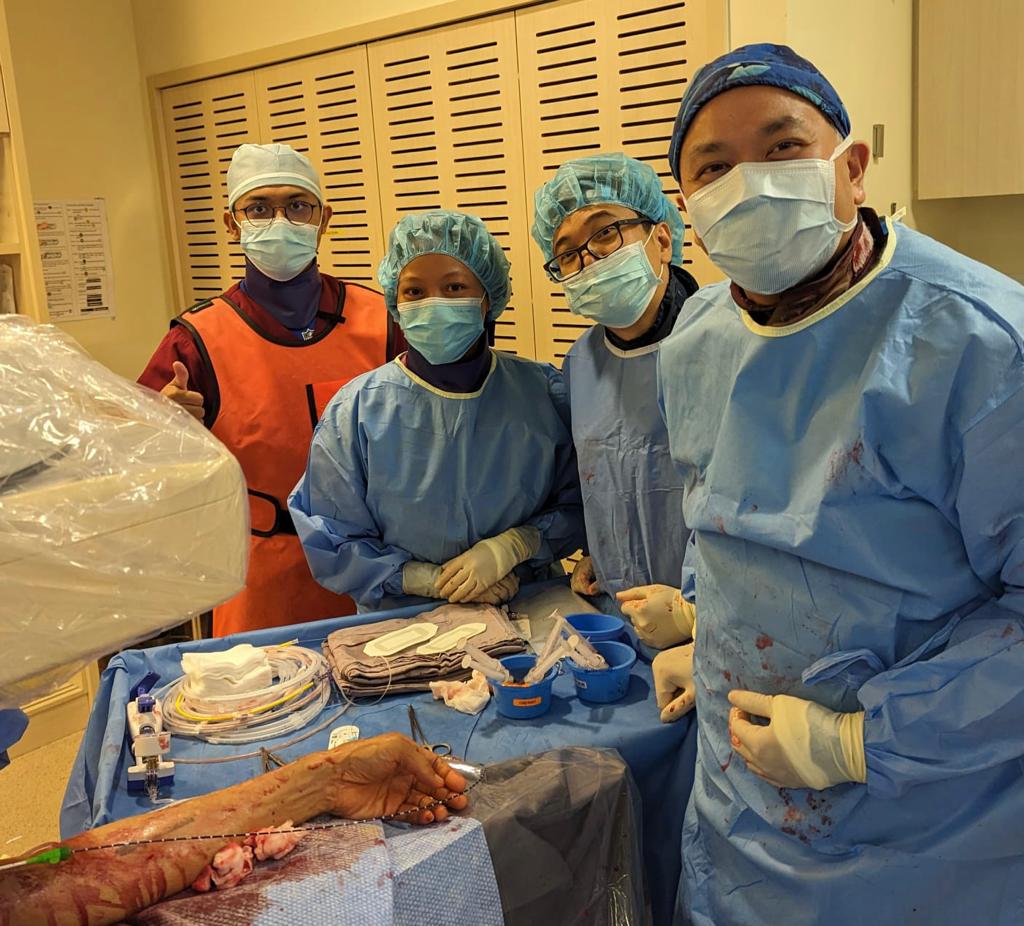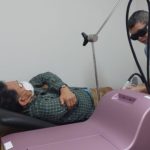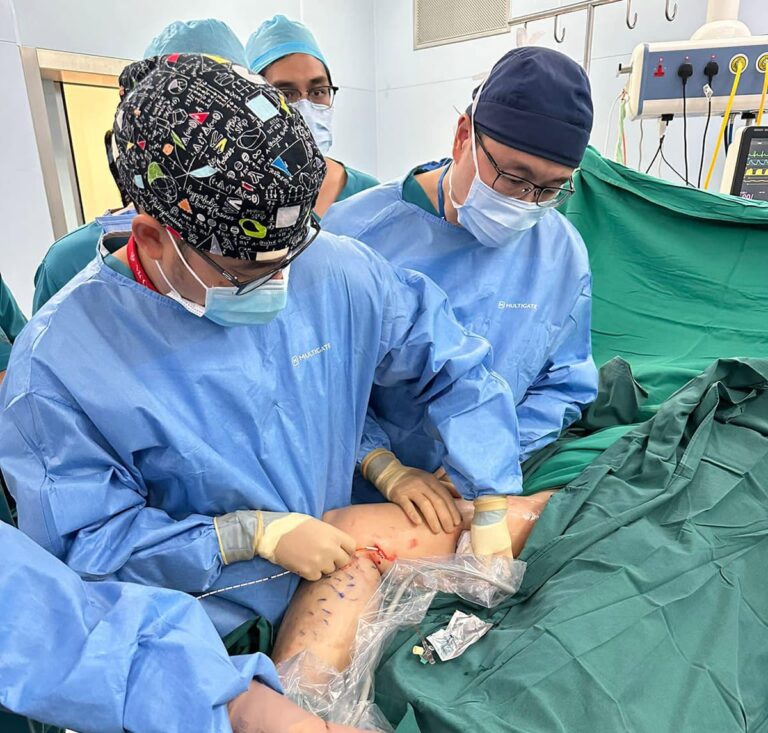An AVF, or arteriovenous fistula, may need rescue in certain cases due to complications or issues that arise with the fistula. Some reasons why AVF may require rescue include:
- Thrombosis: AVF can develop blood clots that block the flow of blood through the fistula. This can lead to reduced or no blood flow, causing pain, swelling, and potential damage to the surrounding tissues. Rescue may be needed to remove the blood clot and restore blood flow.
- Stenosis: Stenosis refers to the narrowing of the blood vessels that make up the AVF. This can restrict blood flow and lead to poor dialysis efficiency or clot formation. Rescue procedures like angioplasty or stent placement may be necessary to widen the narrowed blood vessels.
- Infection: AVF can become infected, leading to redness, swelling, pain, and fever. In severe cases, the infection can spread and cause serious complications. Rescue may involve removing infected tissue, administering antibiotics, or even surgical repair of the AVF.
- Aneurysm: An aneurysm is a bulge or swelling in the blood vessel walls. If an aneurysm develops in an AVF, it can rupture and cause significant bleeding. Rescue procedures may be required to repair or reinforce the weakened blood vessel.
- Poor maturation: Sometimes, AVF fails to mature properly, meaning it does not develop into a usable access point for dialysis. This can be due to inadequate blood flow or other factors. Rescue may involve surgical interventions to improve the maturation of the AVF or the creation of a new access point.
In all these cases, rescue procedures are necessary to address the complications or issues that arise with the AVF, ensuring that it functions properly and provides adequate access for dialysis or other medical treatments.
Rescuing a narrow AVF, also known as stenosis, typically involves a procedure called angioplasty. Here are the steps involved in rescuing a narrow AVF:
- Diagnosis: The first step is to confirm the presence of stenosis in the AVF. This is usually done through imaging techniques like ultrasound, angiography, or venography.
- Preparation: The patient is prepared for the procedure, which may involve local anesthesia or conscious sedation.
- Access: A small incision is made near the AVF to gain access to the blood vessel.
- Guidewire insertion: A guidewire is inserted into the narrowed blood vessel, allowing the physician to navigate through the vessel.
- Balloon catheter insertion: A balloon catheter, which has a deflated balloon at its tip, is threaded over the guidewire and positioned within the narrowed section of the AVF.
- Balloon inflation: The balloon is inflated, which compresses the plaque or stenotic tissue against the vessel walls, widening the blood vessel.
- Balloon deflation and removal: After a few seconds, the balloon is deflated and removed from the AVF.
- Assessment: The physician checks the blood flow and the improvement in the diameter of the AVF using imaging techniques.
- Repeat if necessary: If the stenosis is not fully resolved, the procedure may be repeated using different balloon sizes or other techniques like stent placement.
- Closure: The incision is closed using sutures or adhesive strips, and a sterile dressing is applied.
In some cases, the doctor may also use a small metal mesh tube called a stent to help keep the vessel open after angioplasty. The stent is placed over the balloon and expanded at the site of the stenosis, providing additional support to keep the vessel open.
Following the procedure, the patient is typically monitored for a short period to ensure there are no complications. It is essential to follow post-procedure instructions provided by the healthcare team, which may include taking medications to prevent clotting or infection, avoiding strenuous activities, and regular follow-up appointments to monitor the AVF’s function and prevent further complications.
In most cases, you will be able to use the AVF immediately after it has been rescued through angioplasty. The purpose of the procedure is to widen the narrowed blood vessel and restore proper blood flow. Once the procedure is successfully completed, the blood flow through the AVF should be improved, allowing you to use it for dialysis.











